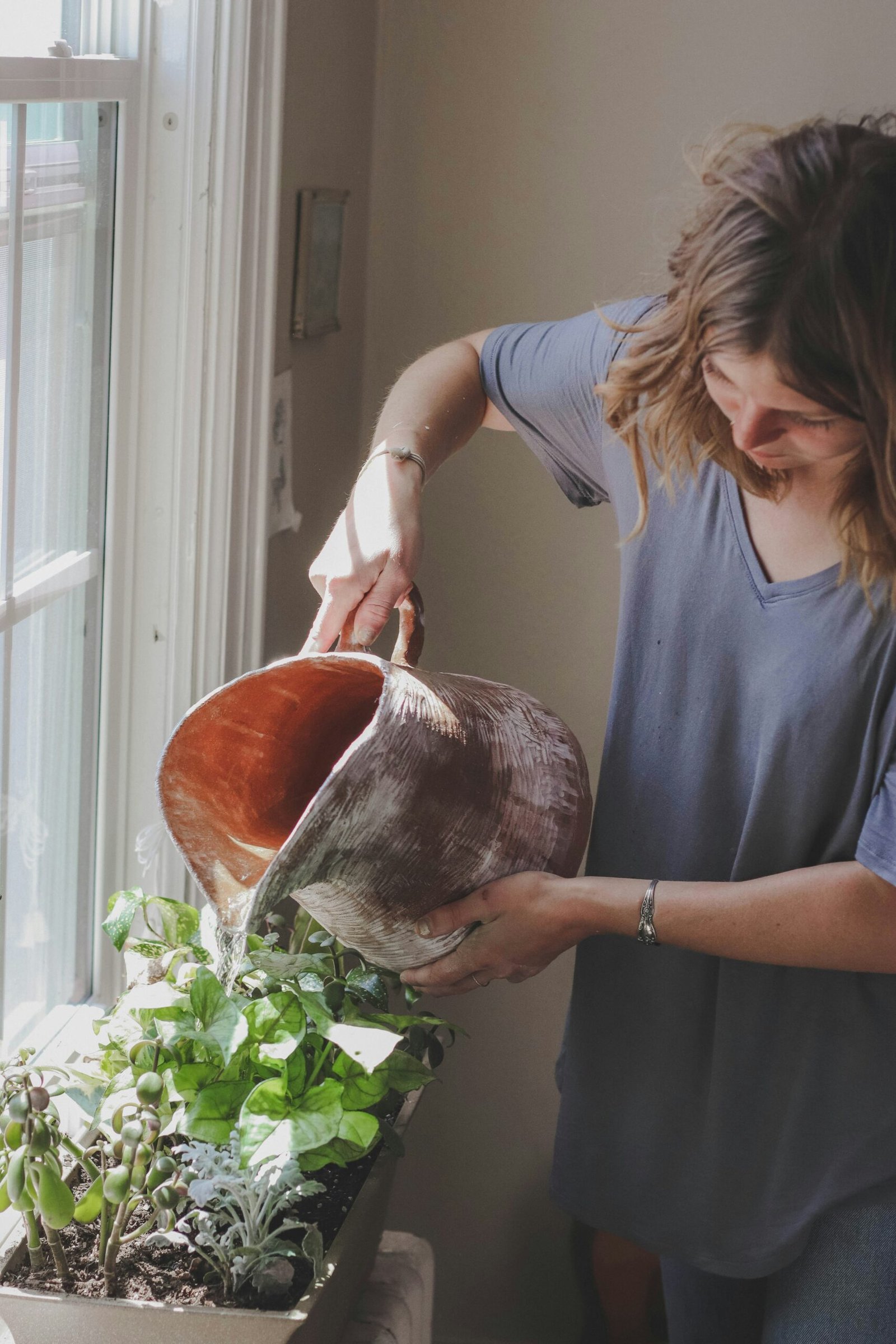Proper watering is essential for the health of your houseplants, but determining the right amount of water can be tricky. Overwatering and underwatering are common mistakes that can lead to drooping leaves, root rot, or even plant death. Here’s how to tell if your plant is getting the right amount of water.
Check the soil moisture: The easiest way to determine if your plant has enough water is by checking the soil. Insert your finger about an inch into the soil. If it feels dry, it’s time to water. If it’s still damp, your plant likely has enough moisture. For plants that prefer a consistent level of moisture, the soil should feel slightly moist at all times but not soggy.
Monitor the leaves: Your plant’s leaves can provide clues about its water needs. If the leaves are yellowing, wilting, or dropping, it could be a sign of either too much or too little water. Crispy, brown leaf edges often indicate underwatering, while soft, mushy leaves usually point to overwatering.
Consider the weight of the pot: After watering, lift the pot to gauge its weight. A well-watered plant will feel heavier than a dry one. Over time, you’ll become familiar with the weight difference and can use this as a guide to determine when it’s time to water again.
Look for water drainage: Proper drainage is crucial for healthy plants. When you water your plant, ensure excess water flows out of the bottom of the pot. This indicates that the soil has absorbed enough water and prevents water from pooling at the roots, which can cause rot.
Use a moisture meter: If you’re still unsure, a moisture meter can be a helpful tool. It measures the moisture level in the soil and provides a reading that indicates whether your plant needs water.
By paying attention to these signs, you can ensure your plant is receiving the right amount of water, helping it to thrive and grow beautifully in your home.

